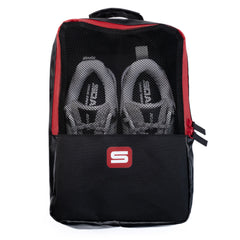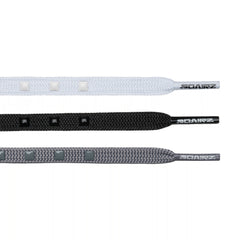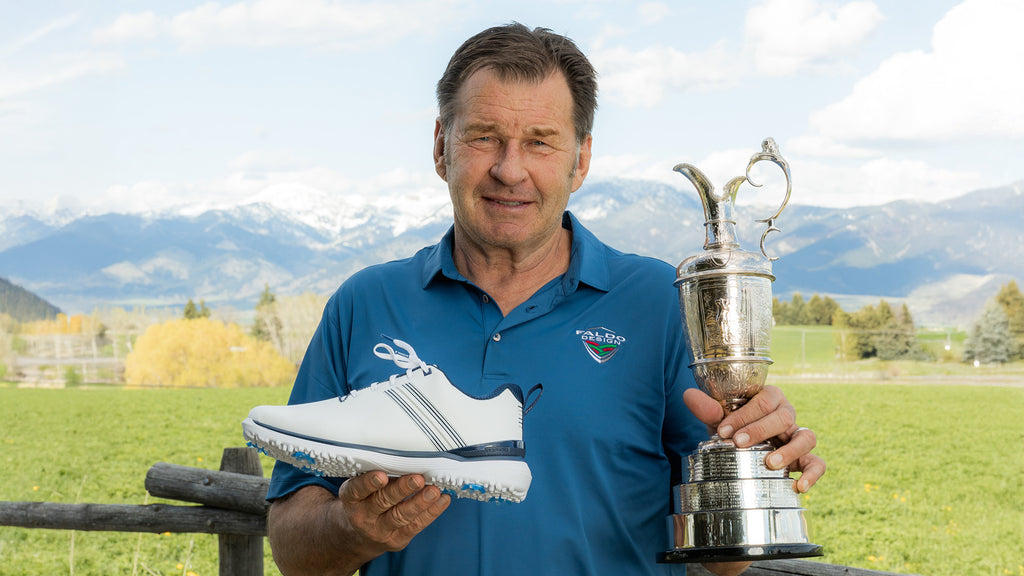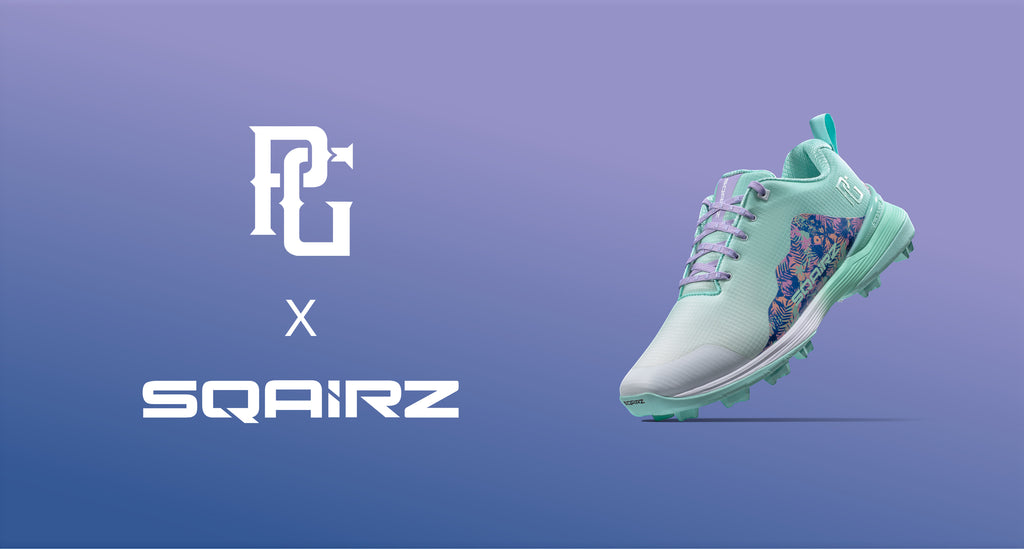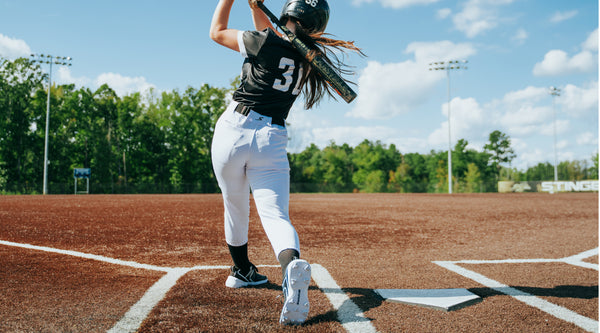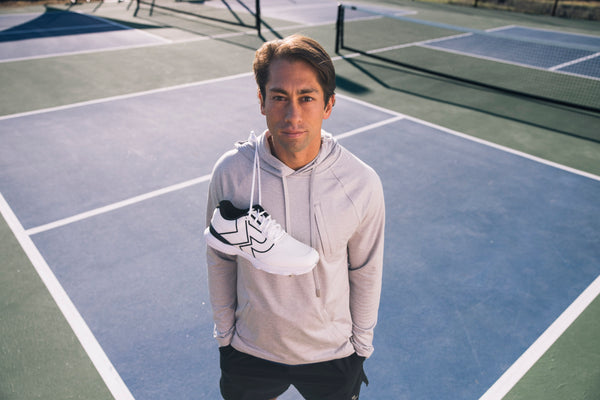Golfer’s elbow is a type of tendonitis which causes discomfort and swelling in the tendons that connect the forearm to the elbow. It isn’t quite as well known as tennis elbow both but both are forms of elbow tendinitis. Tennis elbow occurs from damage to tendons on the outside of the elbow, while golfer’s elbow is caused by tendons on the inside of the elbow. We hope this blog helps you if you are or someone you know is experiencing pain caused by golfer’s elbow.

What Is Golfer’s Elbow?
 Golfer’s elbow is an inflammation or injury to the common flexor tendon near the inside part of the elbow or at the site where the tendons connect to the elbow. The medical term for this is called ‘medial epicondylitis’. Golfer’s elbow can paralyze a person’s golf game or lifestyle. This condition happens when the tendons attached to the medial epicondyle become swollen from overworking or a severe injury. These tendons are the main movers of wrist flexion, a major component of one’s golf swing.
Golfer’s elbow is an inflammation or injury to the common flexor tendon near the inside part of the elbow or at the site where the tendons connect to the elbow. The medical term for this is called ‘medial epicondylitis’. Golfer’s elbow can paralyze a person’s golf game or lifestyle. This condition happens when the tendons attached to the medial epicondyle become swollen from overworking or a severe injury. These tendons are the main movers of wrist flexion, a major component of one’s golf swing.
Golfer’s elbow can present with many symptoms such as pain and tenderness, stiffness, weakness, numbness, and tingling. Symptoms can hinder one’s golf swing and restrict everyday activities such as carrying groceries, opening a jar in the kitchen, and using a screwdriver or hammer for household projects. The condition usually develops in golfers and baseball pitchers due to a combination of repetitive motion causing elbow overuse. Most of the cases are reported in young and middle-aged adults.
How Do You Get Golfer’s Elbow?
Irritation of the tendons that cross over the medial epicondyle of the elbow causes golfer’s elbow. This irritation usually develops due to overuse of a group of muscles in the forearm that enable you to flex, or bend your wrist down. The wrist flexor muscles attach via the flexor tendon just above the elbow joint. Each time you flex your wrist, the muscles pull the tendon across the medial epicondyle. Excessive rubbing due to repeated wrist flexion eventually causes microscopic tears in the tendon, which leads to inflammation and pain. Repeated forearm pronation, the act of turning your forearms from your palms facing up to your palms facing down, can also overuse the muscles and irritate the tendon.
Many activities can cause this damage including:
- Athletic activities that use the forearm muscles and wrists, such as golfing, racquet sports, overhand throwing, and rock climbing
- Improper technique during sports activities involving the arms including weightlifting
- Poor ergonomics affecting the alignment of the wrist when engaging in activities like keyboarding
- Repetitive use of the forearm or repeated bending of the wrist, which causes the flexor tendons to rub frequently against the epicondyle
What Are Treatments For Golfer’s Elbow?
 As with any injury, it’s crucial to get treatment for golfer’s elbow quickly. Applying ice to your elbow for 15-20 minutes three to four times per day is very helpful. Rest the injured elbow from aggravating activities and discuss a splint with your sports medicine professional to limit stress to the involved tendons.
As with any injury, it’s crucial to get treatment for golfer’s elbow quickly. Applying ice to your elbow for 15-20 minutes three to four times per day is very helpful. Rest the injured elbow from aggravating activities and discuss a splint with your sports medicine professional to limit stress to the involved tendons.
For pain, your doctor may recommend an oral NSAID (nonsteroidal anti-inflammatory drug), like aspirin, ibuprofen, or naproxen to reduce pain and swelling. Physical therapy can help in relieving pain and speed up the recovery process. Use of pain relieving treatments and prescribed exercises can reduce stress to the elbow, speed recovery, and minimize the risk of recurrence.
Conservative treatments usually work for golfer’s elbow, but if you’re still having pain after three to six months, you may need surgery. These procedures can remove damaged parts of a tendon, promote healing, and reduce pain. Full recovery may take three to six months. We recommend consulting a doctor if you think this is what you have and don’t try to diagnose yourself and self medicate. This is a serious condition that can go from bad to worse fairly quickly, don’t just put it off.
How Can You Prevent Golfer’s Elbow
The key to preventing golfer’s elbow is to avoid overuse of your arms and repetitive motions as much as possible. If you feel any pain in your elbow during an activity, stop before it gets worse. Activities that can lead to golfer’s elbow include:
- Golf
- Tennis and other racquet sports
- Bowling
- Football
- Archery
- Baseball
- Carpentry
- Plumbing
- Raking
- Any repetitive gripping
You may also bring on golfer’s elbow by using the wrong equipment, like a golf club that is too heavy or a golf glove that doesn’t fit right. Bad technique, like using the wrong posture for a swing can also lead to golfer’s elbow. Most importantly, if you notice pain at any time, don’t just power through. This could be your body warning you that if you continue serious injury could occur.
How To Minimize The Pain

Resting the Arm
One of the best things that our patients can do to relieve the discomfort of tennis or golfer’s elbow is to let the elbow rest. Although it’s good to keep the area functional, you never want to push past any pain tolerance or cause more discomfort. Just go easy on the affected area and take the time to heal.
Apply Ice Packs
Apply ice packs to the affected arm several times a day to help minimize joint pain. You can use ready-made ice packs, or make your own with ice cubes or frozen peas and zippered plastic bags. Apply a thin cloth over the ice pack if it’s too cold.
Wear a Compression Bandage
Patients can also wrap the affected arm with a form-fitting compression bandage. The bandage provides support during injury. Make sure that the arm maintains regular blood flow to help the joint heal properly.
Massage the Arm
Massaging the painful arm gently can help reduce elbow pain naturally by minimizing inflammation, swelling and stiffness. A patient can perform this massage on their own, or they can visit a spa to have a therapist perform a massage.
Take Pain Relievers
By taking aspirin or other store-bought pain relievers, it is possible to have less joint pain while performing basic activities. However, we never want our patients to be dependent on medication, so this should only be seen as a temporary relief method.
Apply Heat
Some patients find pain relief with heat application. This is a great excuse for a hot bath or shower. Other alternatives include applying a heating pad or a warm moist cloth to the affected elbow.
We hope this blog has been informative and helpful to you. If you have any tips for dealing with Golfer’s Elbow, please email us at info@sqairzfolf.com with your tips.
